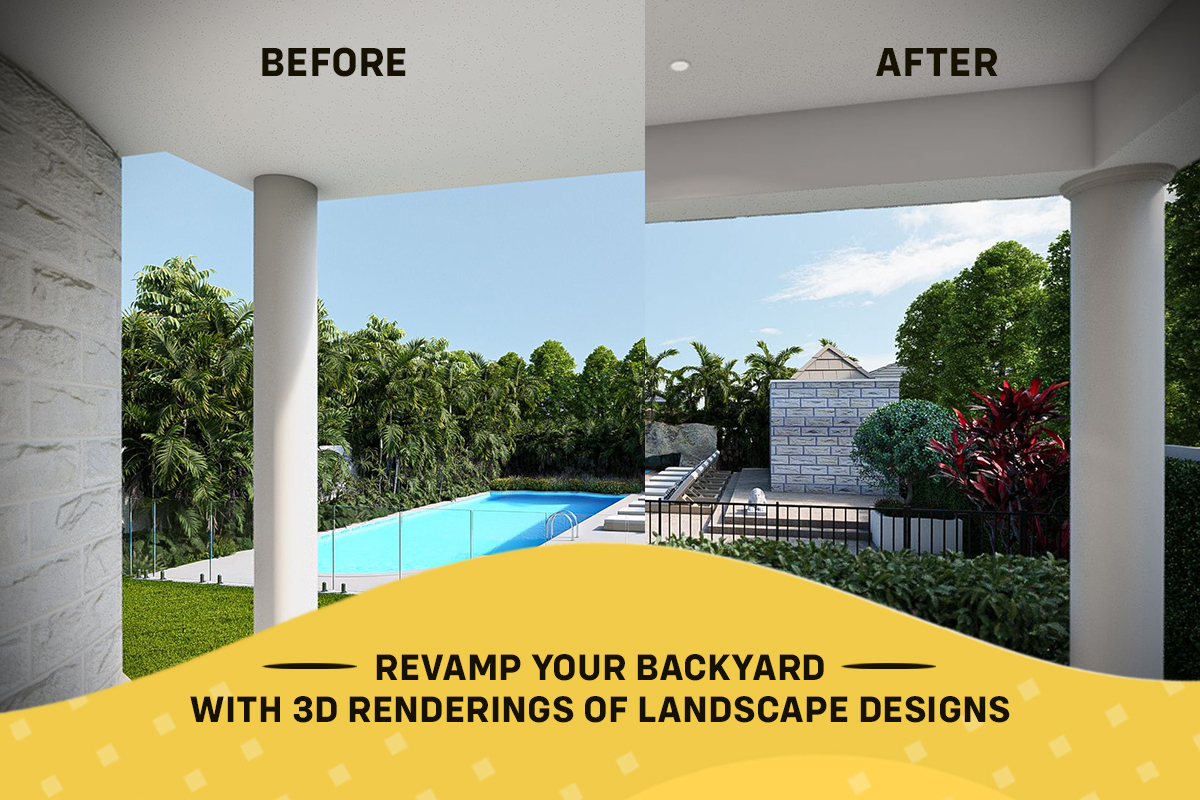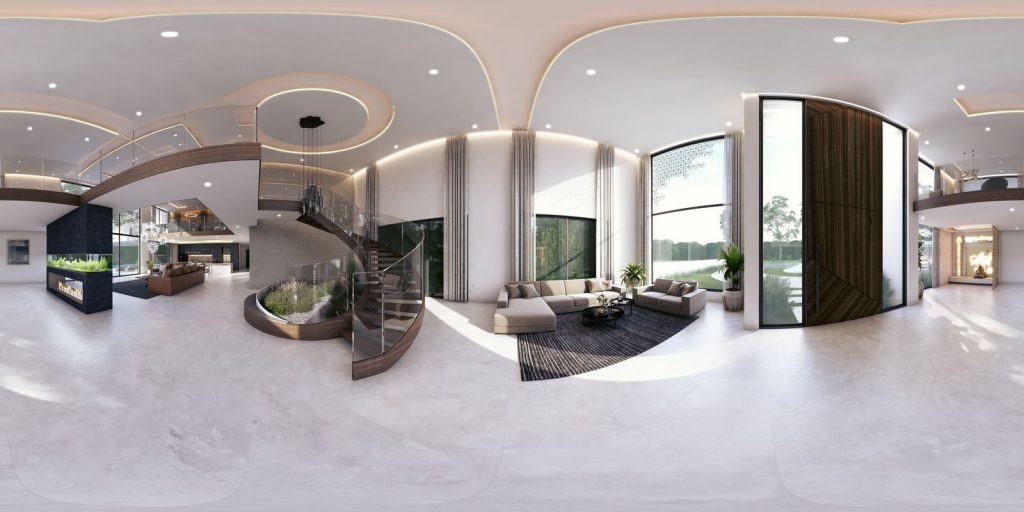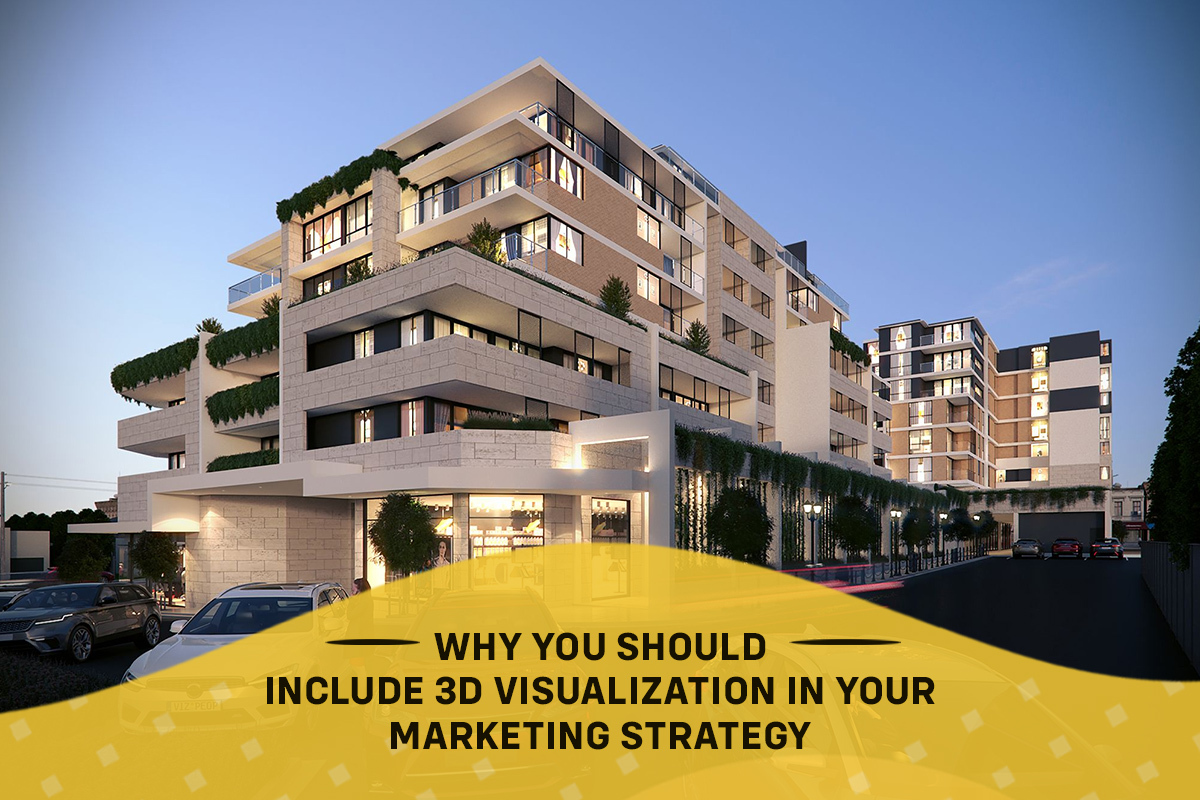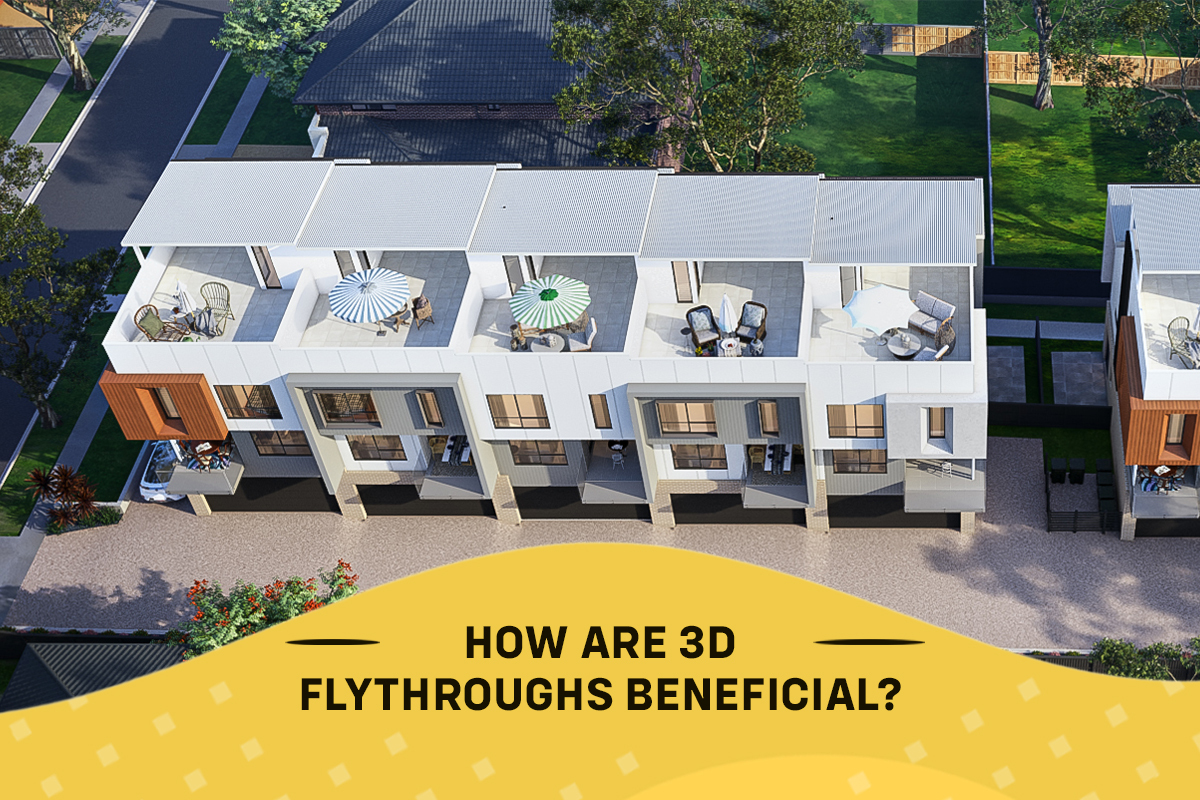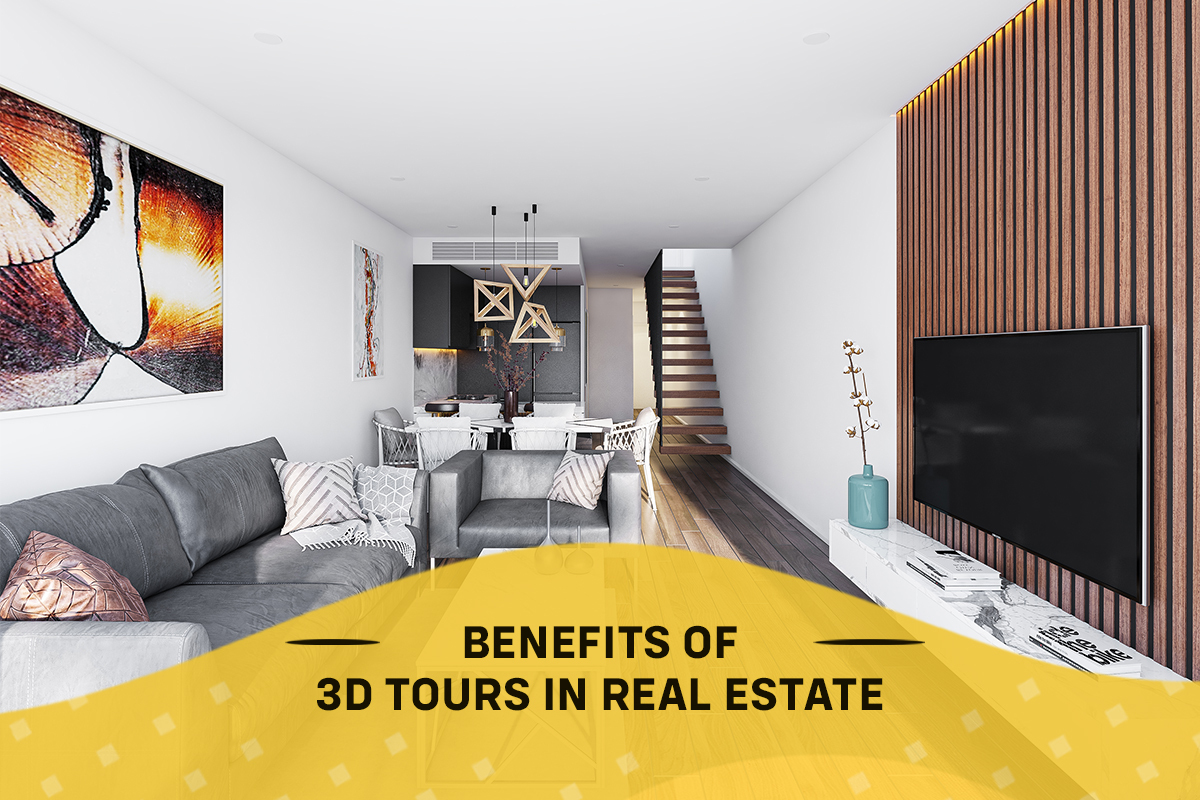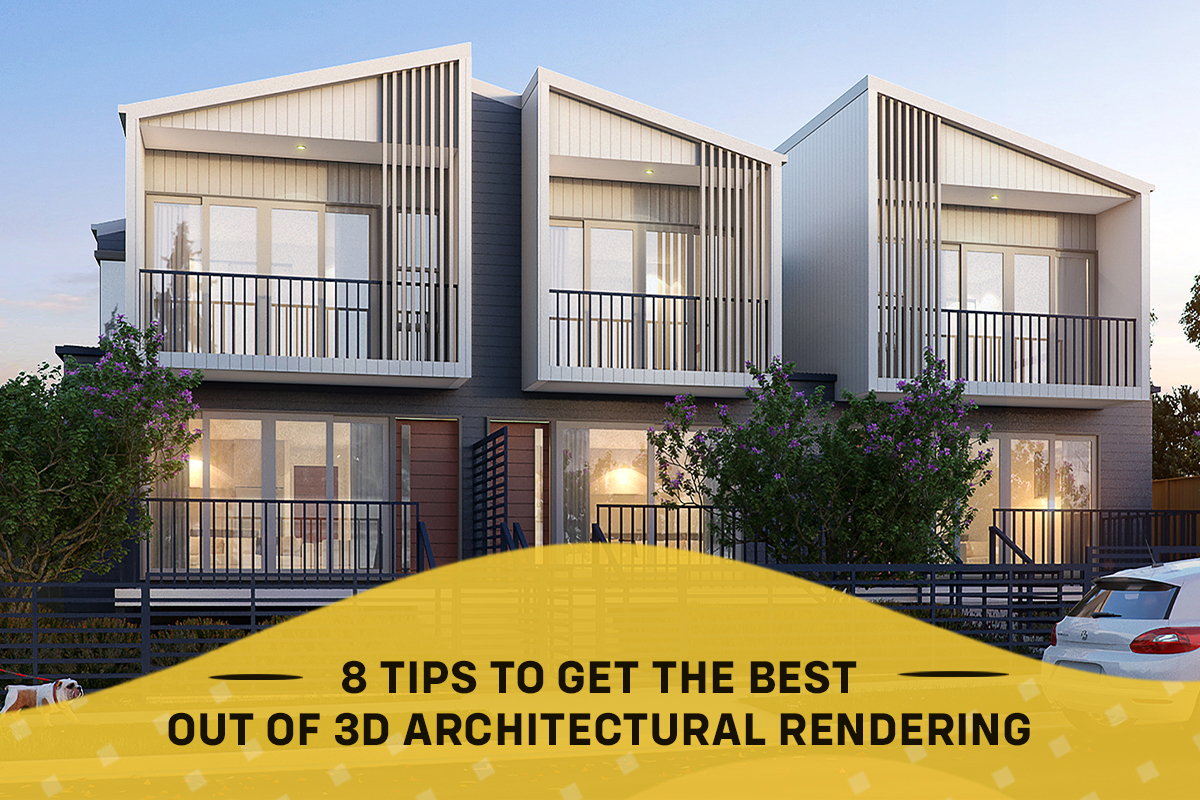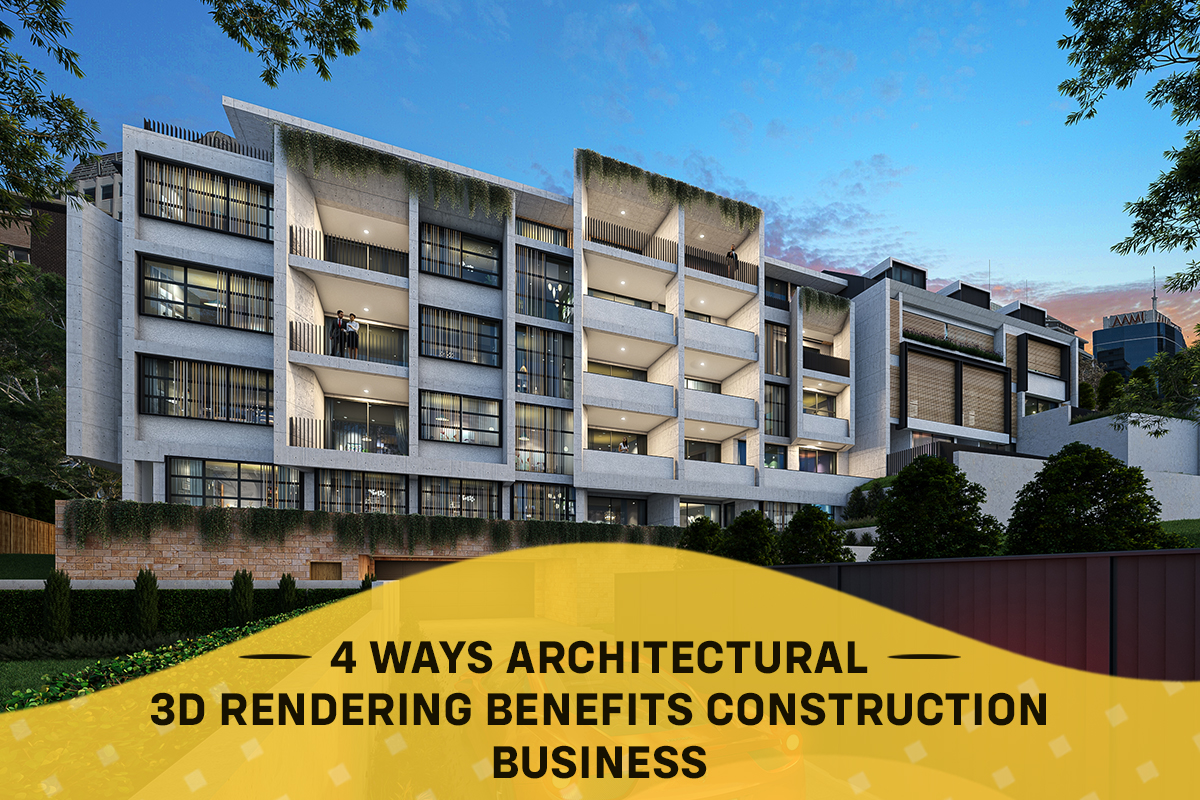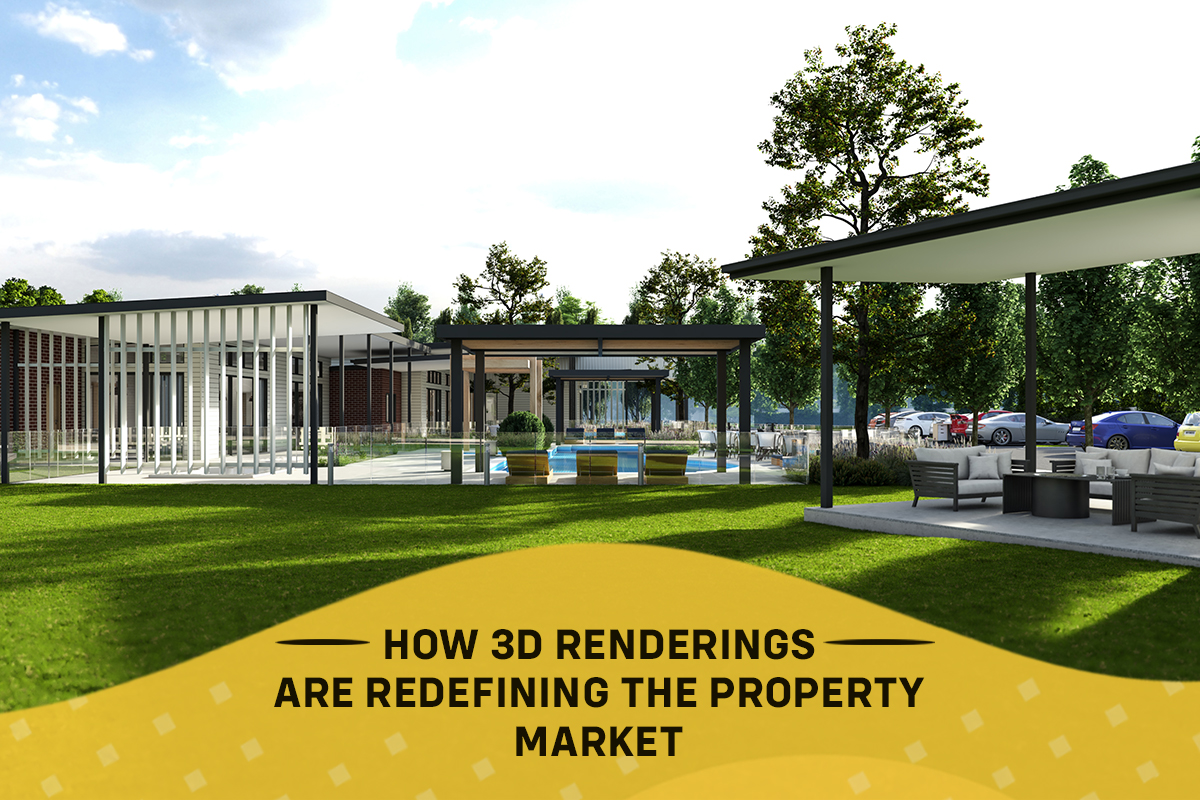Architects, developers, and builders are evolving their presentation modes every day to make real estate properties more prospective and marketable. High-quality 3D renderings and virtual reality have become increasingly popular visual mediums due to the immersive experience they offer to buyers and investors.
While VR was widely accepted by the entertainment industry initially and incorporated into sci-fi movies, it has recently found its way into architecture and real estate presentations.
In this article, we will understand how 3D renderings differ from virtual reality (VR) by learning its pros and cons.
Before we begin, let’s explore what these two visual mediums entail.
What Is 3D Rendering?
3D rendering is the process of transforming a 3D model into a 2D image through a combination of software, strategy, and artistry. It enables builders, architects, and contractors to represent how a structure would look through a realistic image, allowing them to communicate the conceptual narrative transparently.
3D rendering services help architects contextualize their designs before they are constructed. It’s a blueprint for the actual structure that will be built. With a proper understanding of lighting, reflections, and balance, CGI artists create 3D rendering visuals that are intriguing and help clients move to the purchasing stage sooner.
Now, let’s look at what we understand by virtual reality.
What Is Virtual Reality?
Virtual reality offers a computer-generated simulation of environments with an element of interaction, enabling humans to see what a place looks like and experience it. It positions humans in 3D dimensional space through a helmet or other gear, providing an immersive experience of a space.
This helps architects easily communicate their ideas in client meetings and convey how they visualize a structure. While 3D rendering offers a realistic visual image, VR aims at triggering all the senses of humans through a realistic 3D experience.
Now that we have understood what 3D rendering and VR are about, let’s look at how they differ in terms of services by looking at their pros and cons.
3D Rendering Services: Pros and Cons
Below are the pros and cons of 3D rendering services.
Pros
1. Affordable and Faster
Static 3D renderings are affordable and can be produced much faster than high-quality VR models. High-quality renderings also give a realistic, polished appeal, transforming designs into phenomenal visual representations for clients.
2. Maximized Appeal With Basic Animation
Combining static presentations with 3D animations in architectural renderings can offer crystal-clear images that are visually informative and highly appealing to the eyes.
3. Can Be Viewed From All Devices
The best part about architectural renders is that they are in common file formats such as png, jpeg, pdf, etc., and hence, can be viewed from all devices at any time. They don’t require specific headgear for presentation.
Cons
1. Different Studios Have Different Specialties
Often, 3D rendering studios have unique styles, specifications, and designs that may not suit your requirements. Hence, before signing up for 3D rendering services, it is important to browse their portfolio and understand if it fits your requirements.
2. Quality Varies From Artist to Artist
As CGI is about details and bringing about a realistic presentation in a 2D format to clients, the quality of the work varies from artist to artist. CGI artists with the expertise and skills required to understand the client’s requirements can deliver high-quality realistic renderings compared to artists who need to be more skilled in rendering.
Virtual Reality: Pros and Cons
Below are the pros and cons of virtual reality.
Pros
1. Immersive Life-like Experience
VR is a life-like immersive experience where you can see not only a visual representation but also experience a particular surrounding.
Hence, the experience offered by VR in architecture is always much appreciated by clients, as they can experience brilliant design and architectural ideas realistically.
2. Showcasing Dynamic Environments
Through VR, clients can experience being in a building in a particular atmosphere and have a lasting impression of the design.
VR also helps in providing a crystal clear view of the interiors and exteriors, as clients get to walk through these spaces in the VR environment and have a life-like experience. This helps them to make an informed decision about a structure.
Cons
1. Cost Heavy
VR presentations require expert programmers with deep-rooted knowledge of the subject to produce a standard VR representation. Many factors and technicalities must be considered to conjure this life-like experience. Hence, the budget often becomes a constraint for most designers.
2. Long Production Hours
Virtual reality programs are time-consuming and often take months as 3D artists and programmers need to work on different aspects of each model. This can delay business deals and often become disadvantageous to the designer.
Also Read : Why Is a Virtual 3D Tour Important for Home Buyers?
Choose 3D Renderings for Faster Architectural Solutions
Although both 3D rendering and VR have served as the backbone for architects and developers, 3D rendering is more popular in the market due to its efficiency and affordability.
If you are looking for high-quality 3D renderings from expert CGI artists, check out Render Visuals today for stunning realistic rendering.


